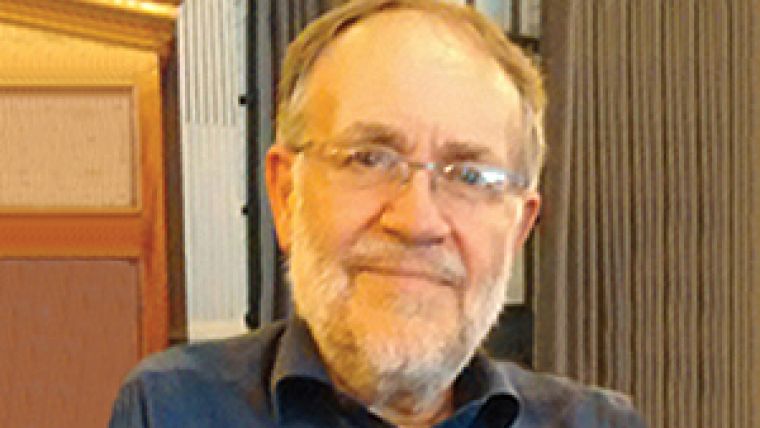Recharged, we Face New Challenges
Did you attend GeoCom 2015 in November? If you didn’t you missed a lively and truly informative event, which must surely have re-charged every delegate’s verve for all things GI related. In these tough times, when company budgets for conferencing are often non-existent and time away from desks is in even shorter supply, the AGI managed to organise two (and a half if we include the Foresight 2020 report on the evening of 23 November) very attractive days, especially around plenaries and debates. We’ve reported on Day One in this issue (pages 14-17); in February we’ll cover Day Two. In the meantime, if anyone who attended sessions not covered by our small team and would like to pen a para or two please get in touch.
I cannot too strongly recommend that all readers download and study the Foresight 2020 report. There is plenty of wisdom there from the industry’s thought leaders, cage rattlers and pundits. We will review it in more detail in the next issue. In the meantime, read it and tell us what you think; it was definitely another milestone achievement for the team led by Anne Kemp, which cajoled and chased contributions and then edited it into a readable document. Well done guys. It’s available to anyone for free at www.agi.org.uk/about/resources/category/100-foresight?download=160:agi-foresight-2020.
I hope you enjoy our interview with Nigel Clifford (pages 18-21). His presentation at GeoCom demonstrated his analytical and presentational skills. His leadership and management ability are soon likely to be tested. He brings a very different skill-set to the job than his predecessor, but skills that will come into play in the coming years as Ordnance Survey faces very different challenges and changes, driven by government.
Elsewhere in this issue James Brayshaw (pages 10 & 11) makes a cogent case for government using location intelligence to drive down costs. He identifies three ‘D’s’ – decentralisation, digital and data, against the challenges of retaining skilled staff, constantly driving down costs, changing demographics (think ageing population), new ways of working and wider collaboration with other agencies. What James did not mention but which can certainly help cash-strapped council, is open source software. To implement it requires enthusiasm, imaginative management and dedication. All these qualities seem to have been in abundance at Royal Borough of Windsor & Maidenhead, where Simon Miles and colleagues have managed to save £75k over three years by moving from proprietary GIS software to open source. Great work guys (more on page 17).
Just as we were going to press the chancellor published his autumn statement with more than a few surprises, some welcome others perhaps less so. Ominously, as we report in News, there are changes ahead for Land Registry (outright privatisation looms) and for Ordnance Survey, where there is a call to bring in private capital. What can it mean? Is the OS under capitalised? The last time I looked it was making steady profit for the Treasury. What else could it do without further upsetting its partners and commercial competitors? It can only mean a more commercially aggressive OS. Watch this space.
Lastly, my good wishes for the coming holiday. I hope it will be peaceful for you and those dear to you. We shall be back with the first issue for 2016 in February.
This article was published in GIS Professional December 2015

Value staying current with geomatics?
Stay on the map with our expertly curated newsletters.
We provide educational insights, industry updates, and inspiring stories to help you learn, grow, and reach your full potential in your field. Don't miss out - subscribe today and ensure you're always informed, educated, and inspired.
Choose your newsletter(s)
























